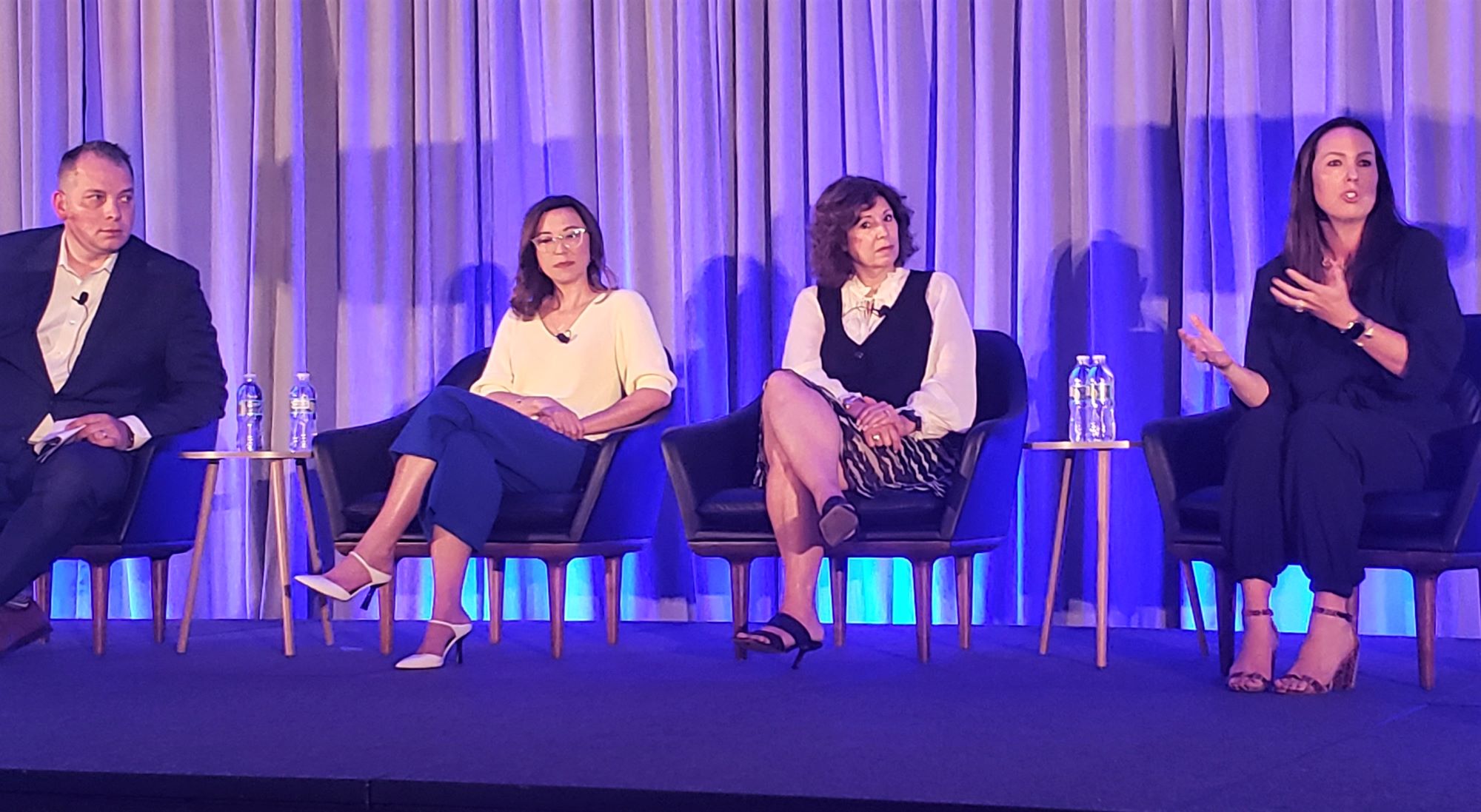A lot has changed in just a few short years since the peak boom of RIA M&A activity. If the previous cycle’s trifecta could be characterized by cheap capital, a race to consolidate and a necessity for succession planning, the new “trifecta” appears to be about culture, technology and strategy.
At DeVoe’s Sept. 11-13 M&A Succession Summit in San Francisco, we’ll hear from leaders writing the playbook on positioning your firm to be the most attractive option on the market. With buyers seemingly more particular about their M&A targets, we’re seeing what the investing world typically calls a “flight to quality.”
What Comes Next
The pace of M&A has not stopped, but it has slowed and evolved. Firms that wish to succeed in the future must understand how the landscape is shifting.
Scale and technology play bigger roles than ever in the deal-making process. The competitive landscape rewards strategic growth. In this environment, RIA owners must rethink their approach to driving the optimal results when it comes to a sale. One of the core themes for this year’s DeVoe M&A Summit revolves around optimizing the firm in the pre-sale window. No less than three sessions will explore the realities of what makes a high-performing firm stand out and ultimately achieve a better valuation and deal outcome. It’s on RIA leaders to make the right changes now, so that they can achieve the best outcome later.
All In On Tech
Technology, technology, technology. Operations and strategy is technology now. Nearly everything is technology. Front, middle and back-office functions can be tech-enabled like never before. In many ways, it’s a double-edged sword. While new technologies can create efficiencies and improve the client experience and ultimate outcome of the firm, they also bring the risk of disruption for firms that fail to adapt.
During the panel discussion on the “State of the Union: Wealth Management Industry Outlook,” Lori Hardwick of Genstar Capital and Ben Harrison of BNY Pershing will dive into how technology is reshaping the competitive landscape. With new players leveraging innovative tools to serve clients in better ways, firms must ask themselves: how can we keep up, and more importantly, how can we stay ahead?
It feels as if a large part of a firm’s valuation is tied to the way RIAs integrate and manage their tech stacks. The future of wealth management will be defined by those who can harness the power of tech to deliver superior service while maintaining the human touch that is essential in building client trust. Easier said than done.
Culture Counts
Culture might not show up on a firm’s balance sheet or factor directly into valuation, but it is still a deciding factor in most transactions. Mergers fail as often as they succeed, and more often than not, cultural mismatches are to blame.
In the keynote session featuring Kurt Miscinski and Claire O’Keefe of Cerity Partners, the importance of aligned culture and leadership will be on full display. As RIAs look to expand through acquisition or navigate internal succession, in an era of higher interest rates and more competition it might not be enough to have just top-notch financial metrics. How values, leadership styles, and team dynamics will mesh post-merger is still make or break.
Don’t Just Show, Tell
Of course, a strong tech backbone and vibrant firm culture don’t count for much if your deal partners don’t know they exist. Firms that position key players as industry leaders through strategic content and media engagement gain a competitive advantage by showcasing their values and expertise. Whether that’s through awards, speaking to the media on how your firm leverages specific technology for success or publishing your own content that makes you stand out from the silent crowd, nobody will know how great your firm is if you don’t show it.
PR agencies play major roles in enhanced visibility by crafting thought leadership pieces and securing high-impact media coverage. We often work side-by-side with advisors to showcase their firm’s culture and strategy for the benefit of potential partners. If the next few years of M&A will be a “back to the basics” on culture, tech and strategy, is your marketing strategy prepared to amplify what really matters?
